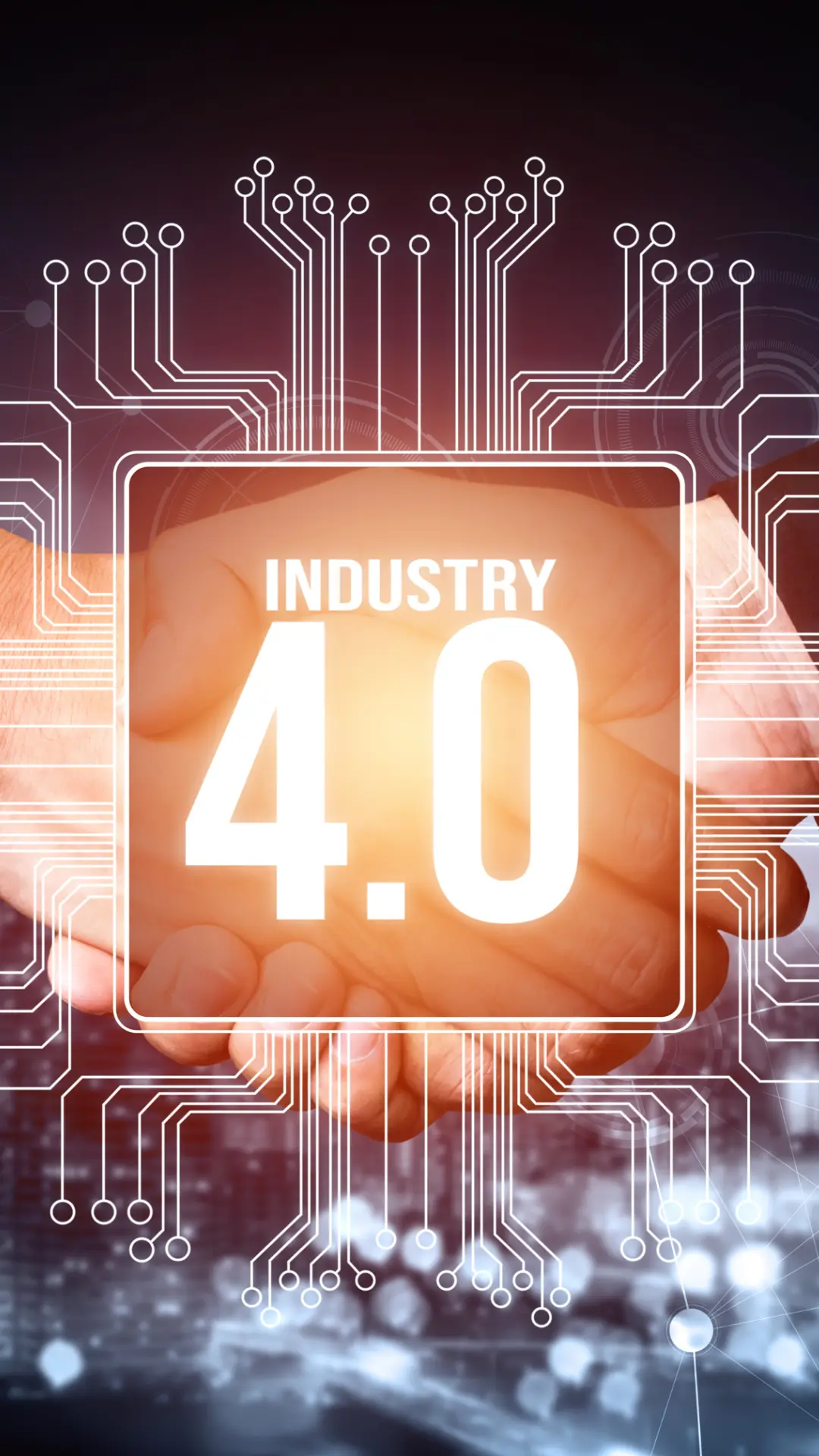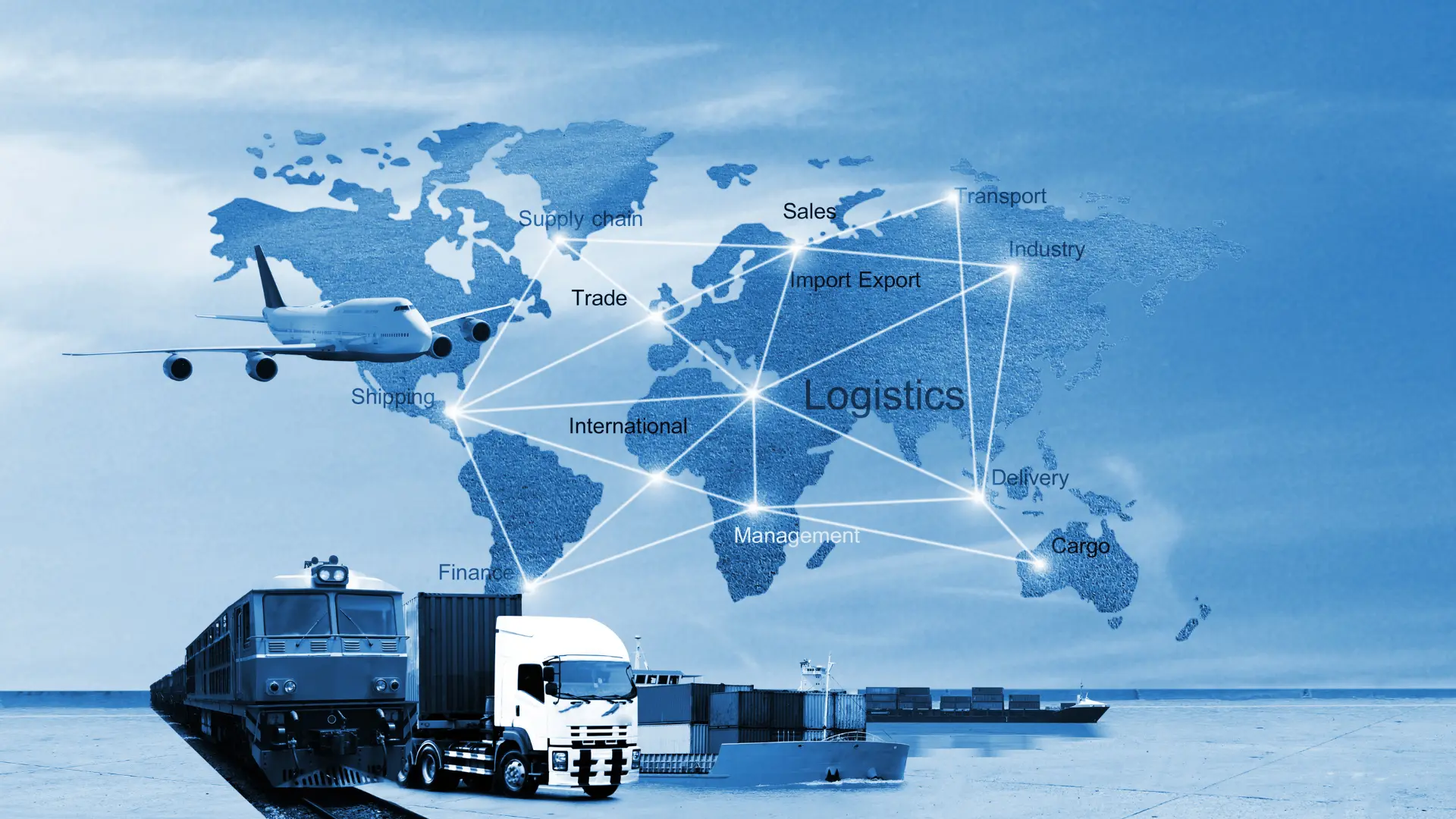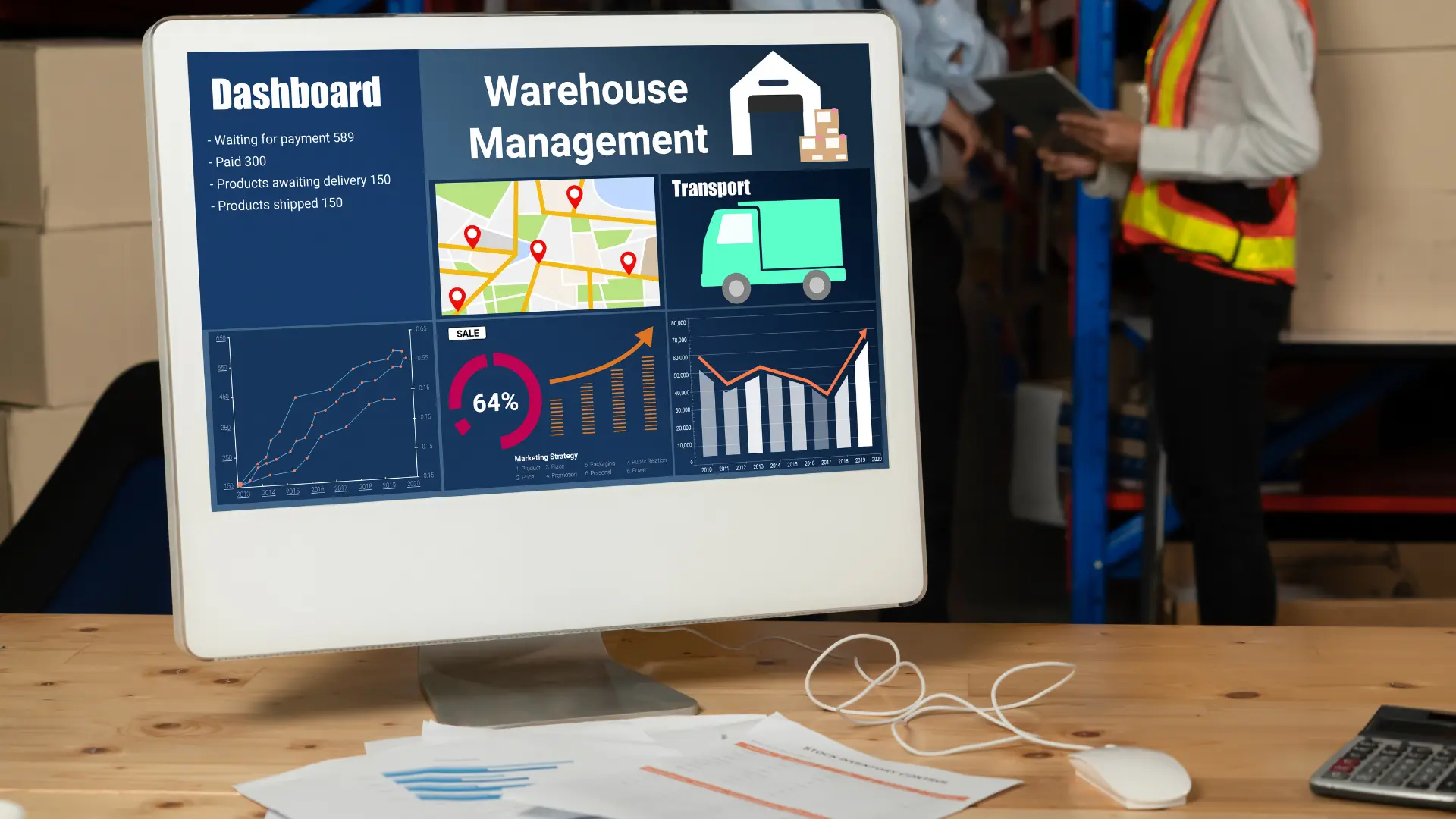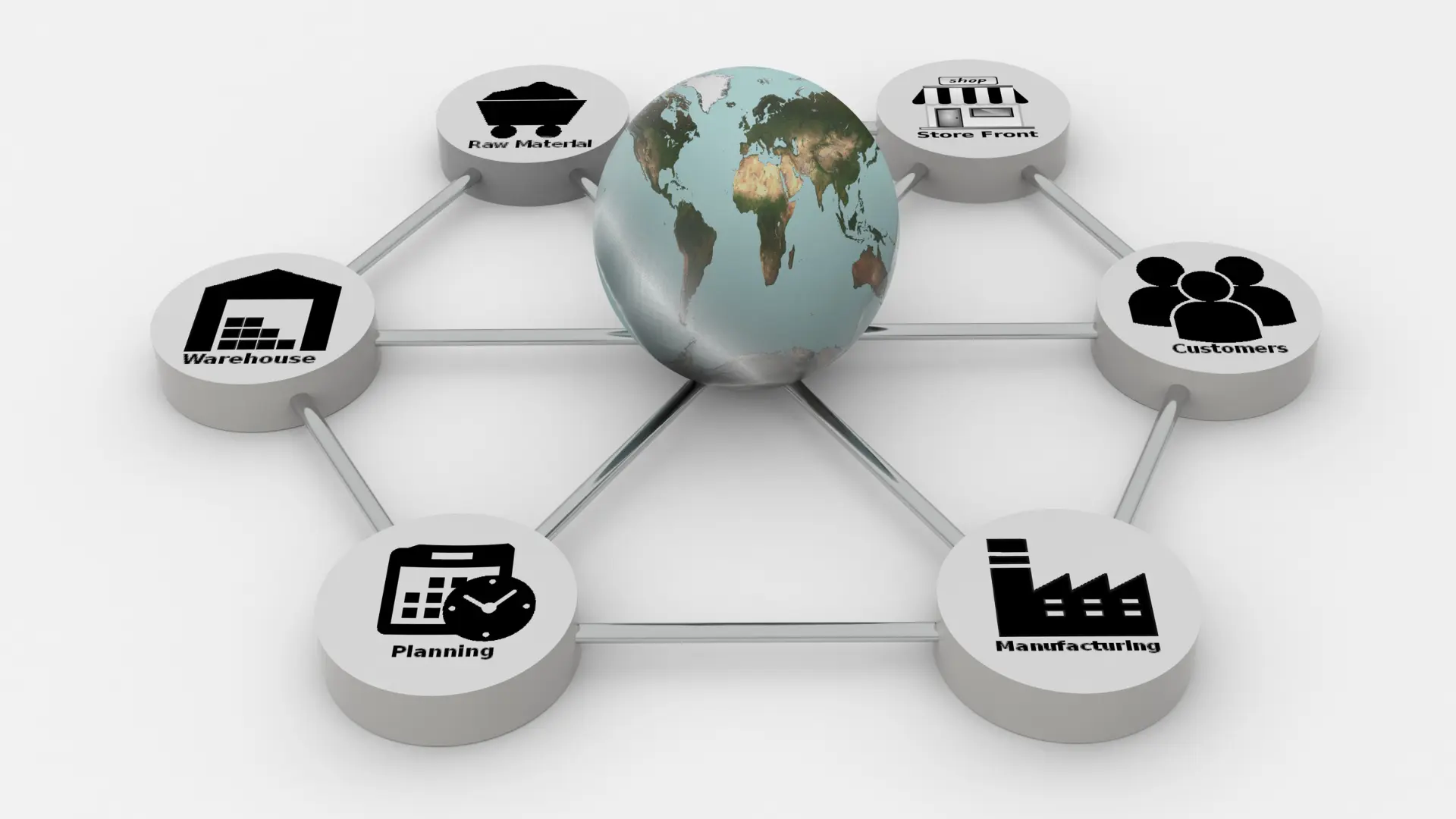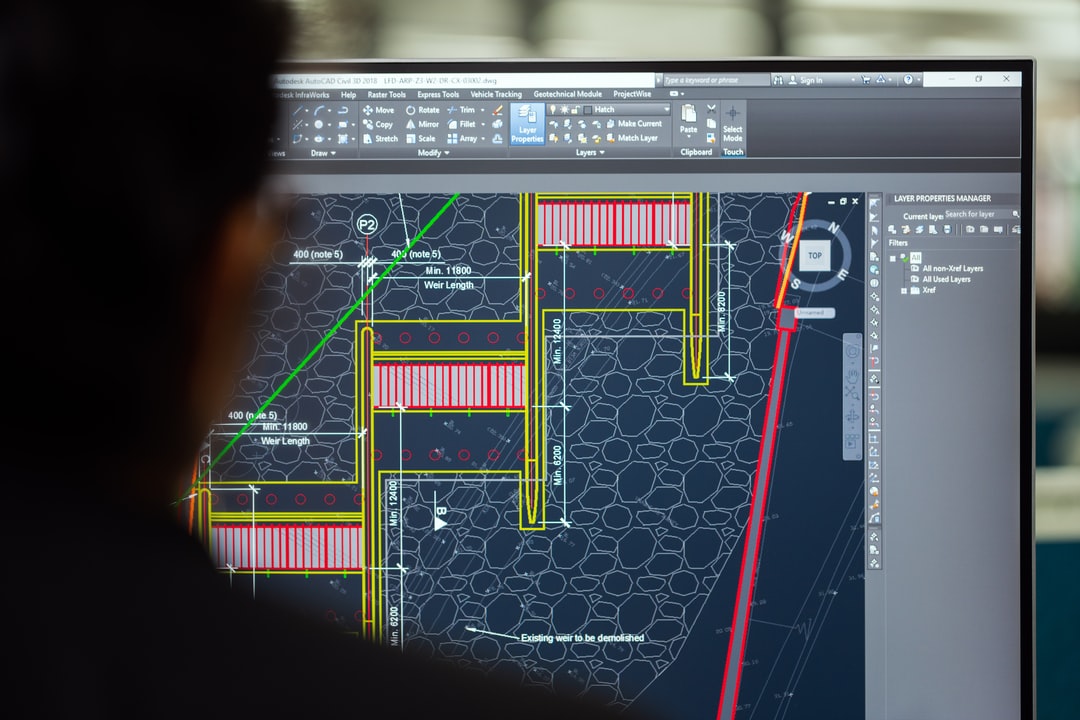Key elements of supply chain management
Planning
In supply chain management, planning entails forecasting customer demand, organizing production processes, and managing inventory to ensure products are available when needed. It also involves crafting a strategic SCM plan with clear metrics to assess the supply chain’s performance, efficiency, and alignment with company goals. Furthermore, planning requires flexibility to adapt to changing product needs and market conditions.
Sourcing
Sourcing involves identifying the right suppliers, negotiating agreements, and nurturing relationships to maintain a consistent supply of raw materials and components. This process covers activities such as placing orders, receiving deliveries, managing stock, and authorizing supplier payments.
Manufacturing
Manufacturing entails managing supply chain activities to acquire raw materials, design and produce the final product, and implement quality control measures throughout the production process.
Delivery
Delivery focuses on transporting and distributing finished products to meet customer needs. It includes overseeing logistics, order fulfillment, warehousing, and distribution centers to ensure products are delivered efficiently and on time.
Returns
Handling returns involves setting up systems to collect defective, excess, or outdated products. This includes managing reverse logistics, maintaining customer satisfaction, and ensuring the proper disposal or recycling of returned goods.
Common approaches to supply chain management
Lean supply chain management
This approach focuses on removing all types of waste, including excess inventory, unnecessary transportation, and inefficient processes, to create a more streamlined and cost-efficient supply chain.
Agile supply chain management
This approach centers on quickly responding to shifts in customer demand and market conditions, utilizing strategies like fast batch production, rapid inventory restocking, and flexible supplier contracts.
Six Sigma
This data-driven approach aims to eliminate defects and minimize variability in supply chain processes by applying statistical methods to pinpoint the root causes of errors and maintain consistency in manufacturing and business operations.
Total quality management (TQM)
This approach focuses on improving quality throughout the supply chain to increase customer satisfaction. It includes continuous improvement efforts, such as managing supplier quality and standardizing processes, to ensure consistent and dependable performance.
Resilient supply chain management
This approach seeks to build a resilient supply chain that can endure disruptions and adapt to changing conditions. It involves identifying potential risks and creating strategies to mitigate them, such as diversifying suppliers, developing contingency plans, and investing in tools for enhanced supply chain visibility.
Digital supply chain management
This approach utilizes technologies such as artificial intelligence (AI), machine learning (ML), the Internet of Things (IoT), and advanced analytics to enhance critical areas of supply chain management, including demand forecasting, inventory management, and logistics optimization.




